We erroneously dubbed the Northern Bobwhite we recently spotted at Bombay Hook our first gallinaceous bird. It is correct that the northern bobwhite is gallinaceous, but so are the Wild Turkey, Ocellated Turkey, Willow Ptarmigan, Spruce Grouse, Plain Chachalaca, and Crested Guan, which are also on our list. It is more accurate to say that the bobwhite is our sixth gallinaceous bird, or our first in quite a while, or perhaps even our first in Delaware.
No doubt, all this talk of gallinaceousness has people wondering. Therefore, our birding term for the day is ‘gallinaceous’ as in, “Why do so many gallinaceous birds have funny looking crests and wattles?” Gallinaceous is an adjective describing birds of the order Gallinae, which includes common domestic fowls, pheasants, grouse, and quails. Birds in this category are also called galliforms. Gallinaceous can be more broadly defined as meaning chicken-like, in honor of the most popular and widely-consumed of the galliforms.
Everyone has seen at least a few gallinaceous birds, since domesticated chicken and turkeys are in this category. The chicken (Gallus domesticus) was domesticated at least 4,000 years ago from Asian jungle fowl, most of which are beautiful, but scrappy. Obviously, those traits had to go. Most game birds are also galliforms, including grouse, partridges, pheasants, quails, ptarmigans, and wild turkeys. You have to feel bad for turkeys; they’re not safe anywhere.





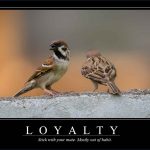
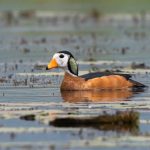
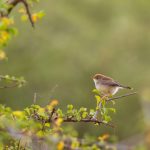
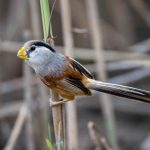
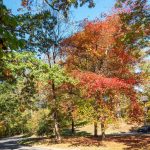
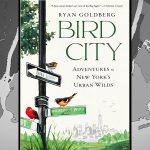
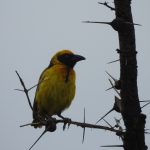
Leave a Comment